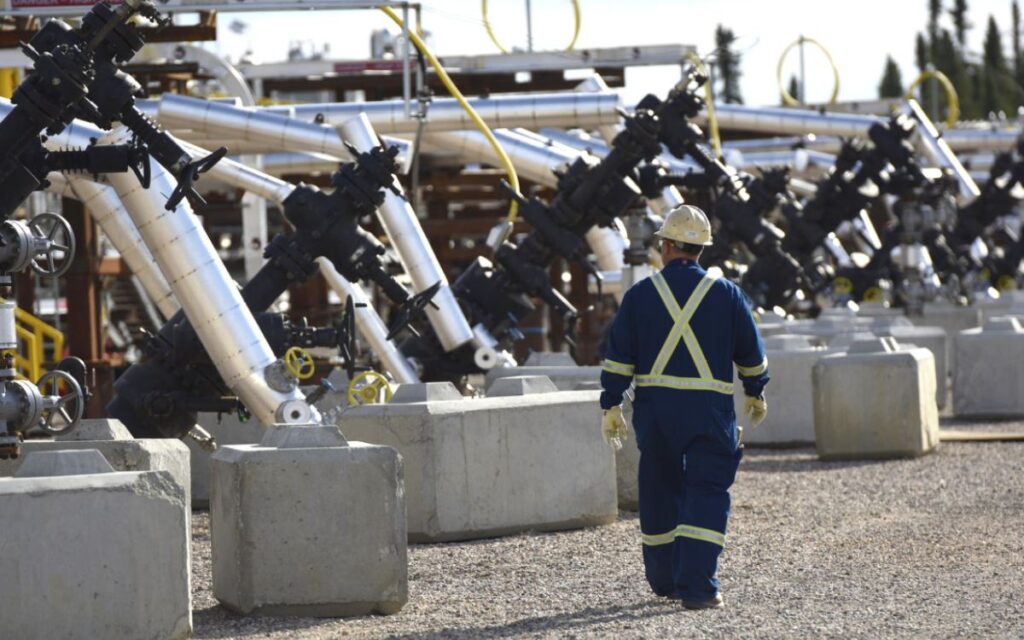Alberta’s oil sands have long symbolized economic prosperity, offering lucrative employment opportunities that attract workers from across Canada. However, beneath the surface of this boom lies a growing crisis: an addiction epidemic fueled by isolation, mental health struggles, and a pervasive culture of silence.
Isolation and Mental Health Challenges
The demanding nature of oil sands work often requires employees to endure long shifts, typically 10 to 12 hours, over rotations that can last from six to 21 days. These “fly-in, fly-out” (FIFO) arrangements mean workers spend extended periods away from their families and support networks, leading to feelings of loneliness and emotional strain. A study conducted by the University of Alberta found that 87% of FIFO workers reported significant stress due to being away from loved ones, with many citing difficulties in maintaining relationships and missing important life events .University of Alberta+3Safety Magazine+3Safety + Health Magazine+3Global News
Living conditions in remote work camps further exacerbate these issues. Many workers describe camp life as monotonous and isolating, with limited recreational activities and subpar living accommodations. Such environments contribute to poor morale and make it challenging for workers to engage in healthy coping mechanisms.Global News
Substance Abuse: A Coping Mechanism
In the face of these challenges, some workers turn to substances as a means of coping. The use of alcohol and drugs, including opioids and stimulants, has become a concerning trend within the oil sands workforce. These substances are often used to manage physical pain from labor-intensive tasks or to alleviate the psychological stress associated with isolation and demanding work schedules.
The stigma surrounding mental health in the industry often prevents workers from seeking help. A culture that values toughness and self-reliance discourages open discussions about emotional well-being. As a result, many individuals suffer in silence, allowing substance abuse issues to escalate unchecked.
Barriers to Seeking Help
Even when support services are available, workers frequently hesitate to utilize them. Concerns about confidentiality, potential job repercussions, and being perceived as weak deter many from accessing mental health resources. The University of Alberta study highlighted that over half of the workers with access to on-site health care were unlikely to use these services due to fears of negative consequences, such as layoffs or loss of reputation .Safety Magazine+1Safety + Health Magazine+1Global News+2University of Alberta+2Safety + Health Magazine+2
This reluctance is compounded by a lack of trust in employers’ commitment to employee well-being. Many workers feel that productivity is prioritized over mental health, leading to a pervasive sense of neglect and undervaluation.University of Alberta
Pathways to Recovery
Addressing the addiction epidemic in Alberta’s oil sands requires a multifaceted approach:
- Enhancing Mental Health Support: Employers should implement comprehensive mental health programs, including confidential counseling services and peer support groups, to provide accessible assistance to workers in need.
- Fostering a Supportive Culture: Shifting the workplace culture to one that encourages open discussions about mental health can reduce stigma and promote early intervention.
- Improving Living Conditions: Upgrading work camp facilities to include recreational activities and comfortable living spaces can alleviate feelings of isolation and improve overall morale.
- Flexible Scheduling: Offering more accommodating rotation schedules can help workers maintain stronger connections with their families and reduce the emotional toll of prolonged absences.
Conclusion
The prosperity brought by Alberta’s oil sands should not come at the expense of workers’ mental health and well-being. By acknowledging the underlying issues contributing to the addiction epidemic and implementing targeted interventions, stakeholders can create a more sustainable and humane working environment. Prioritizing the health of the workforce is not only a moral imperative but also essential for the long-term success of the industry.







